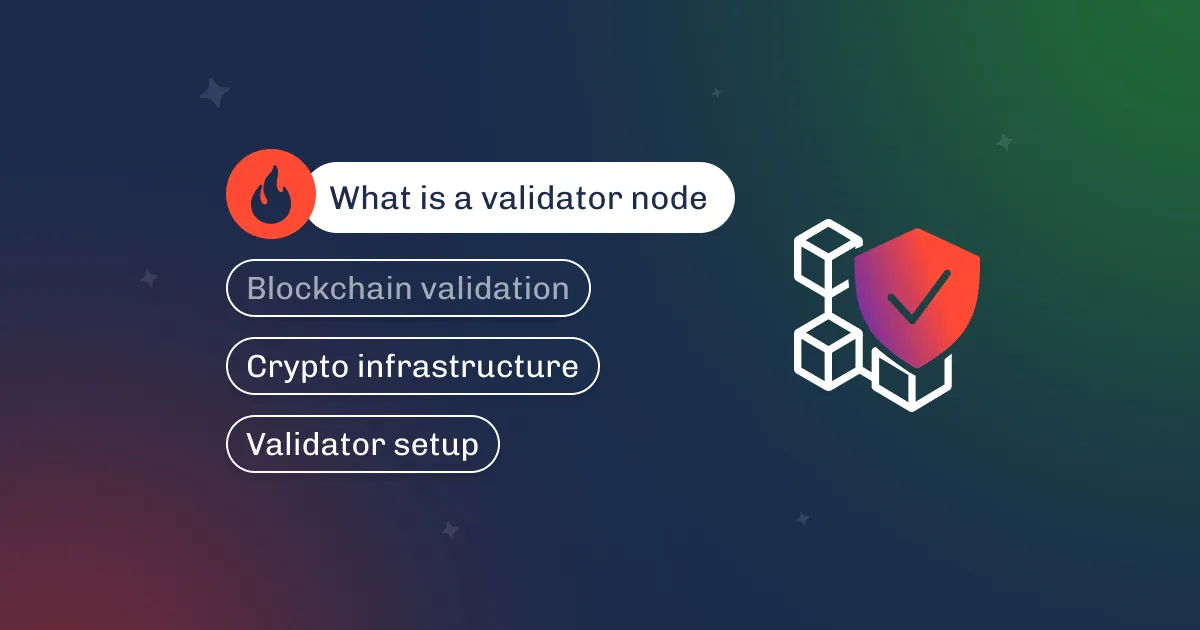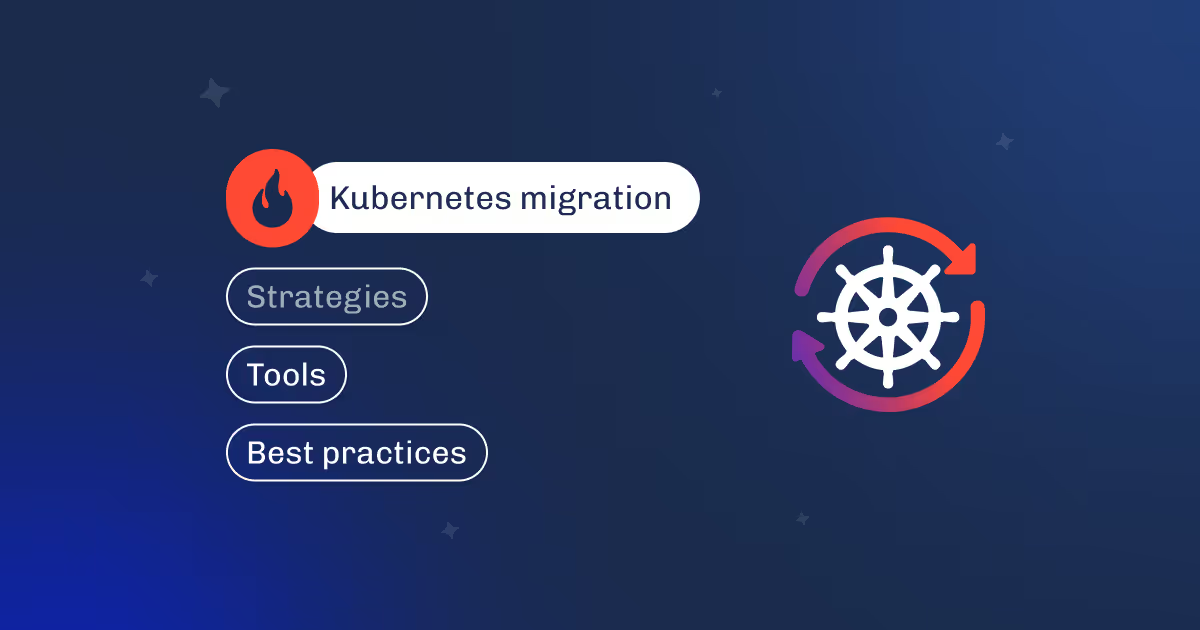

.avif)

First of all, let’s clarify that any fact or action can be zero-knowledge-prooved. This concept was developed in the early 80s in math papers and then applied in multiple applications, finding its’ best fit in the blockchain area. Here, a zero-knowledge proof (ZKP) refers to a cryptographic method that enables one party to prove the validity of a statement to another party without revealing any of the underlying data, and both sides will be 100% sure that it’s true.

Here you will find even more ways to understand the ZKP and explain it even to a child.
This method, if it’s used from A to Z correctly, provides participants with a full pack of blockchain benefits: enhanced security and anonymity, data sensitivity protection, trustlessness, scalability, swiftness, cheapness, and freedom of use. Here are some comments on how ZK proof makes any blockchain a true self:
| Attributes | STARK | SNARK | SNORK | Bulletproof |
| Trusted setup | No | Yes | Yes | No |
| Post-quantum security | Yes | No | No | No |
| Prove | Actual data | Actual data | Actual data | Range |
| Universality | No | No | Yes | No |
| Prover-verifier Interaction | Multiple times | Once | Once | Depends |
| Prove Size | Large | Small | Small | Small |
We have mentioned a few ways of implementing ZK proof in the blockchain, but let’s elaborate some more to give you a bigger picture.
The versatility of this computing method makes it available for all participants of blockchain and solves lots of uncertainties making grey zones more reliable and transparent. And even if it’s super-complex at first glance, it brings the breakthrough in functionality and efficiency of many Web3 or blockchain-powered projects.
ZKP method may bring sufficient change into the social, financial, and political life of humanity if it is implemented properly.
This zero-knowledge proof example enables private transactions on a public blockchain and widens the possibilities for a single person on the scale of blockchain. Privacy-preserved transactions ensure that transaction amounts, sender, receiver addresses, and other sensitive details are confidential while the integrity of the blockchain is maintained.
ZK proofs are actively used for building up secure and anonymous authentication methods. This is a reliable and safe method of logging in or signing in without sharing any personal information with the service.
Decentralized exchanges can use ZK proofs for enabling atomic swaps, allowing users to trade different cryptocurrencies without the need for a central authority or revealing trade details. More freedom to a single trader!

Use ZK proofs to validate certain conditions or computations within smart contracts while keeping the underlying data private. No additional parties are needed.
You can validate off-chain data and attest to its correctness, allowing blockchain applications to interact with the outside world securely. ZKPs can facilitate trustless interactions between different blockchains, enabling interoperability while preserving privacy.
This method can enhance blockchain scalability by allowing for the efficient verification of complex computations off-chain while providing concise proof of their correctness.
This is literally the main way to enhance the privacy and security of cryptocurrency transactions, such as ensuring the total supply of tokens without revealing individual wallet balances.
This method can be utilized to create blockchain oracle services that provide accurate off-chain data to smart contracts without revealing the raw data.
Decentralized elections? Mmmm, sounds like democracy! This is the way to defeat corruption with voting by verifiable and anonymous voting systems, ensuring that votes are counted accurately without compromising voter privacy.
In governmental auctions that defeat corruptive schemas by design, it’s important to keep sides anonymous, as well as keep the maximum control and strict distribution of responsibilities regarding the quality of the goods. ZK proofs can help verify the authenticity and integrity of goods in supply chains without revealing proprietary information.
This method can facilitate audits by demonstrating compliance with certain regulations or rules without exposing sensitive data and the auditors' personas themselves.
ZKPs help parties to share aggregated data (e.g., statistics) without revealing individual data points, maintaining privacy while enabling data-driven decisions.
ZK proofs can help design incentive mechanisms and games with verifiable outcomes while keeping players' strategies private. This application can be a breakthrough for lots of yet irresolvable challenges.
That’s simply WOW, you might think. The price you pay for this flexibility and universality is the complex math and code work behind it. It requires you not only to understand the concept but to adapt its principles to your reality and make it work under different conditions in the same expected way.
We’re glad to share some more details on our zkSync case that we have briefly described previously. We are among those few companies in the world who can handle the ZKP-powered product from A to Z creating the best-fitting design and architecture for it.
The zkSync team came up with only an idea and got the full implementation of their intents with the best-fitting technologies and innovative approaches.
Back in 2020, zkSync, one of the first zero-knowledge proof companies, became a Layer 2 scaling solution for Ethereum that utilized zk-Rollups, a variant of zero-knowledge proofs, to aggregate and compress multiple transactions into a single proof, which is then validated on-chain. This approach significantly enhances Ethereum's transaction throughput and reduces fees—and it was the main value proposition of this project.
Soon after the launch, zkSync got lots of big fish partners (DEXes, e.g.) and got integrated with more than 200+ Web3 projects. It was easier to delegate any number of transactions to zkSync than to broadcast each transaction to the network, pay fees, wait for validation, etc. All these happen with zero security concerns thanks to core functionality based on the ZKP method.
The solution behind this simple, elegant, and useful platform was based on the architecture created by Dysnix engineers. It consists of:
Now zkSync team has developed the zkSync Era, the reinvented protocol compared to the first version, but on the same infrastructure we made back then, in 2020. It’s great to recall how our infrastructure effort got aligned with the architecture of such a solid solution.

After a brief introduction with the goals of our cooperation, we started to negotiate with a few sales representatives of popular underlayers: GCP, AWS, and Azure Cloud. We were looking for a cost-efficient offer of highly available servers that should be accessible in many different variations and for a few hours term: from 10 to 200 by request, depending on the proof load.
And GCP found something to offer for our request. We agreed upon using the spot instances that will be used only for some short time and then get terminated. It was also the cheapest option with no harm to functionality. This server architecture fits our needs perfectly as they were used only on the proving stage of zkSync work. They provide the project with an extremely high throughput.
You might have heard about our PredictKube product, which we’ve created based on AI/ML models. We admit that we got inspiration from projects like zkSync for making it.

But the scaling solution we made for zkSync had nothing to do with AI or ML, as we created a solid math model that fit all possible scenarios, without extra effort. It was implemented into the code by the zkSync team and works with no problems till this time.
But there was a problem.
We met the throughput limitation of the GCP data center while launching many nodes. In the test environment, everything worked pretty well: upscaling from one to five nodes was smooth. But on the production side, we met the data center limitations, and our nodes were launching extremely long. To solve this issue, our engineers decided to use the S3 protocol applied to GCP Object Storage.
Thanks to parallelization functions available via the S3 protocol, we managed the data flow via multiple objects and replicas between the data center and our project. Thus we broke through the 60 GB/sec limitation and increased the speed of the new node launch for zkSynс prover. It helped us change the pattern for new nodes bootstrap from iterative, once 5, then other 5, to the explosive one—all we need at once, and for less than a 1-hour period.
To domesticate all this prover and verifier story, you have to come up with an idea for implementation. As you see, the domain of application is extremely wide, but still, it doesn’t mean that all these spheres have the best-implemented zero-knowledge-proof blockchain-based solution already.
Based on the story of zkSync, you see that the right idea has a developmental potential that will nurture your project with new stages and product implementations.
We hope we managed to explain a zero proof meaning for you. Feel free to ask us for further details!





